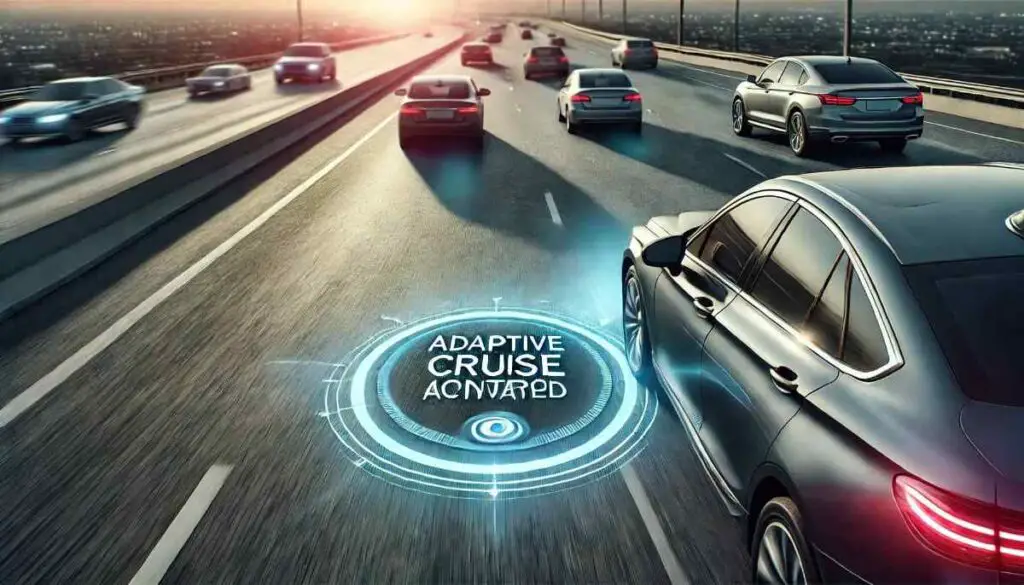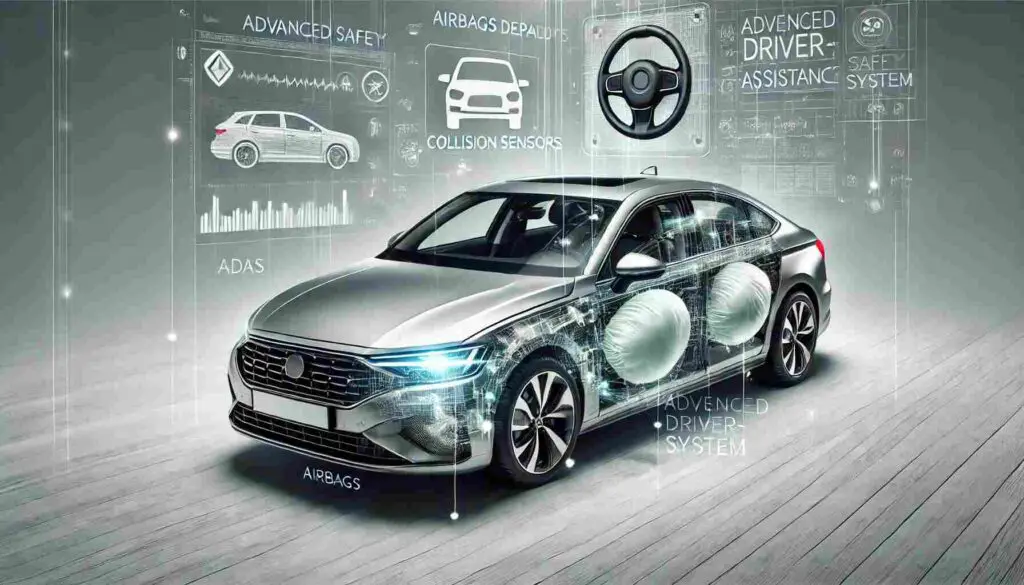Owning an electric car comes with the convenience of being able to charge it at home, ensuring that your vehicle is ready to go whenever you need it. Charging at home is a straightforward process, and in this article, we will provide you with a beginner’s guide on how to charge your electric car at home.
1. Understand Your Electric Car’s Charging Capabilities
Before you start charging your electric car at home, it’s important to understand its charging capabilities. Different electric car models have varying charging speeds and connector types. Make sure to review your vehicle’s manual or consult the manufacturer’s website to familiarize yourself with the charging specifications.
2. Install a Home Charging Station
To charge your electric car at home efficiently, it’s recommended to install a dedicated home charging station. A home charging station, also known as an Electric Vehicle Supply Equipment (EVSE), provides a faster and safer charging experience compared to a standard electrical outlet.
You can hire a professional electrician to install the charging station or use a manufacturer-recommended installation service. Ensure that the charging station is installed in a location convenient for parking and within reach of your vehicle’s charging port.
3. Select the Right Charging Level
Most home charging stations offer different charging levels: Level 1 and Level 2. Level 1 charging uses a standard household electrical outlet (120 volts) and typically provides a slower charging rate. Level 2 charging requires a higher-voltage circuit (240 volts) and offers faster charging times.
While Level 1 charging can be sufficient for overnight charging, Level 2 charging is recommended for faster charging speeds, especially if you have a longer daily commute or need to charge your vehicle more frequently.
4. Plug In and Start Charging
Once you have installed your home charging station, it’s time to plug in your electric car and start charging. Follow these steps:
- Locate the charging port on your electric car.
- Open the charging port cover if applicable.
- Take the charging connector from the home charging station and insert it into the charging port on your vehicle. Ensure a secure connection.
- Check the charging status indicators on your vehicle and the charging station to confirm that charging has started.
5. Charging Etiquette and Safety Tips
When charging your electric car at home, it’s important to follow certain etiquette and safety guidelines:
- Do not overload electrical circuits. Ensure that your home’s electrical system can handle the charging demand of your electric car.
- Avoid using extension cords or adapters unless they are specifically designed for EV charging.
- Regularly inspect the charging cable for any signs of damage and replace it if necessary.
- Do not park your electric car in a way that obstructs access to the charging station or poses a safety hazard.
Conclusion
Charging your electric car at home is a convenient and accessible way to keep your vehicle charged and ready for your daily journeys. By understanding your car’s charging capabilities, installing a home charging station, selecting the right charging level, and following safety guidelines, you can ensure a seamless charging experience at home.
With the growing availability of home charging options and increasing charging infrastructure, owning an electric car has never been more convenient.
FAQs
Can I charge my electric car using a standard household electrical outlet?
- Yes, it is possible to charge your electric car using a standard household electrical outlet. However, it is generally slower compared to using a dedicated home charging station. It is recommended to use a Level 2 home charging station for faster charging speeds.
How long does it take to fully charge an electric car at home?
- The charging time varies depending on the electric car model, its battery size, and the charging level used. Level 1 charging can take several hours to overnight, while Level 2 charging can typically fully charge an electric car within a few hours, depending on the battery capacity.
Can I install a home charging station myself?
While some home charging stations come with installation instructions for self-installation, it is generally recommended to hire a professional electrician for proper installation to ensure safety and compliance with local electrical codes.
Are there any additional costs associated with installing a home charging station?
- Yes, there may be additional costs associated with installing a home charging station, such as the cost of the charging station itself, electrical upgrades, and installation fees. It is advisable to obtain quotes from different installation service providers and factor in any potential electrical upgrades that may be required.
Can I use my electric car’s charging cable with different charging stations?
- Electric car charging cables are typically equipped with a standard connector type (e.g., J1772 or Type 2) that is compatible with most public charging stations. However, it’s always a good idea to check the compatibility of your charging cable with different charging stations before using them.







